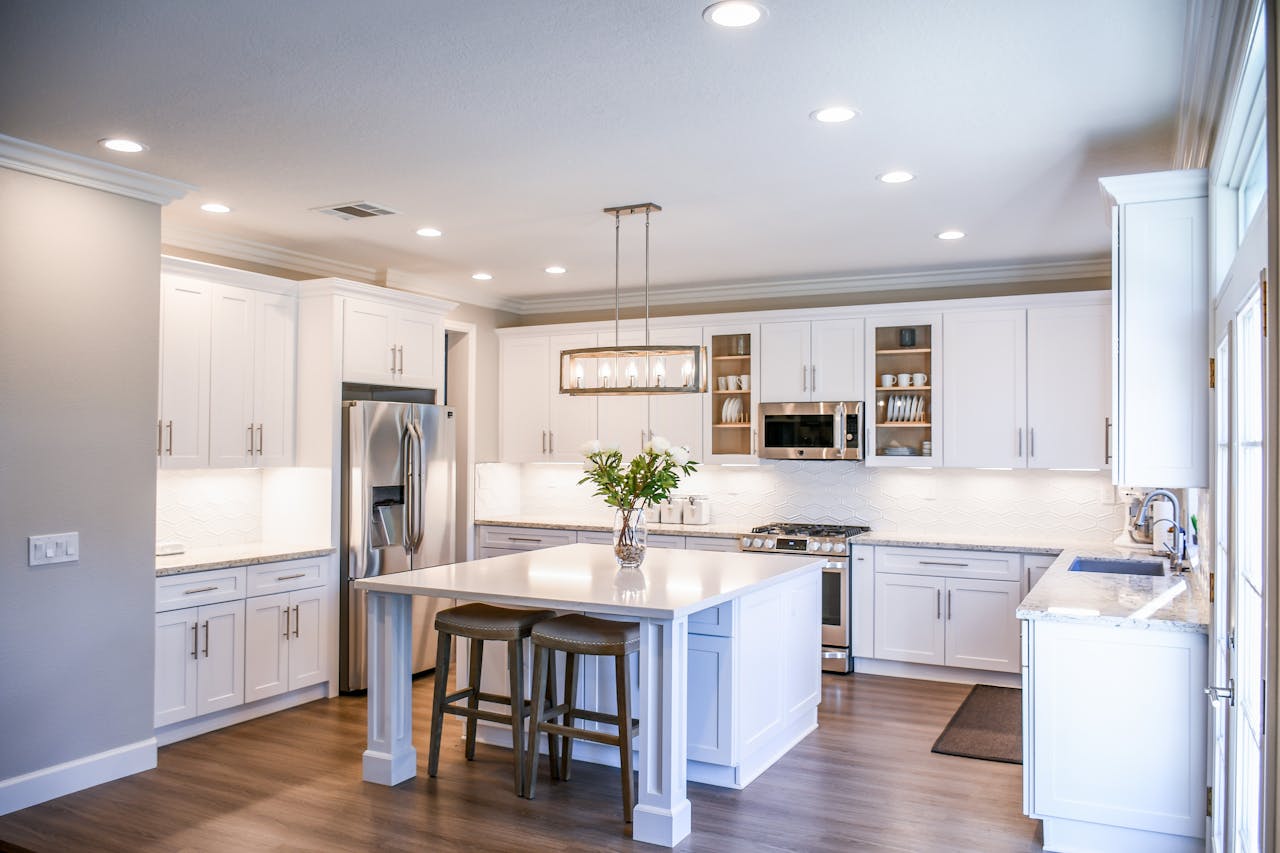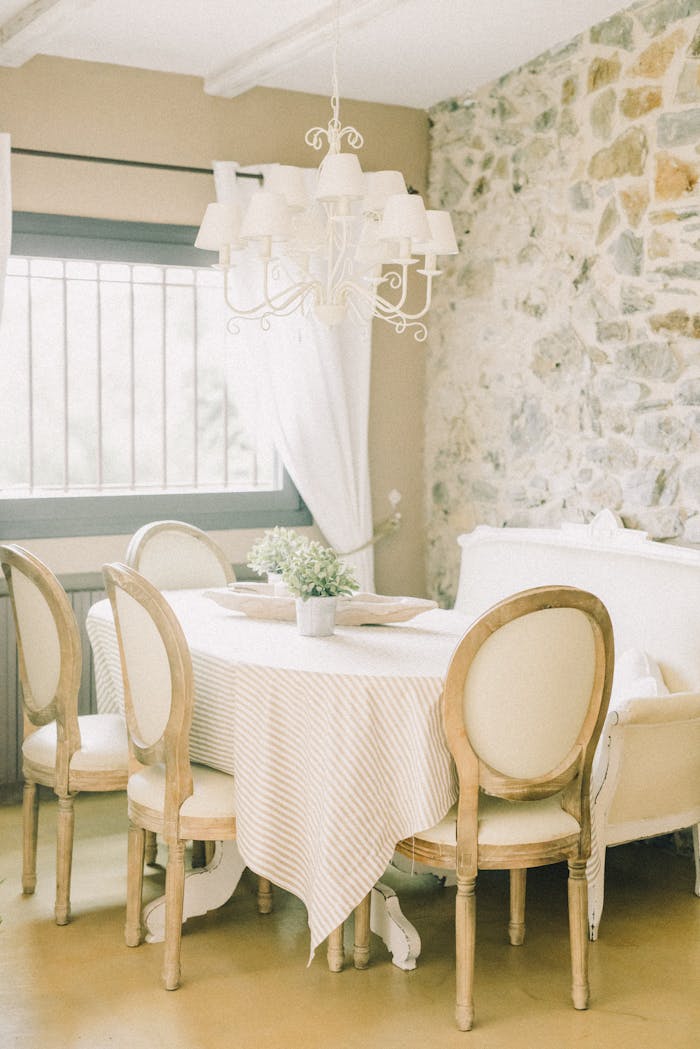Colors play a significant role in our lives as they have the power to influence our emotions, moods, and energy levels. In the ancient Indian practice of Vastu Shastra, colors are considered to have a profound impact on the energy flow within a space. Understanding the principles of Vastu and incorporating the right colors in our living spaces can help create a harmonious and balanced environment. So let’s delve into the world of colors as per Vastu to unlock their potential.
According to Vastu Shastra, each color exudes a specific energy that can significantly impact different areas of our lives. Here are some guidelines to consider when choosing colors for your home or workspace:
1. White: White is associated with purity and represents clarity, calmness, and peace. It is an ideal color for bedrooms and meditation spaces as it promotes tranquility and a serene atmosphere.
2. Yellow: Yellow signifies optimism, creativity, and intellect. It is believed to stimulate the mind and aid in decision-making processes. Incorporating shades of yellow in study areas or workplaces can enhance focus and productivity.
3. Blue: Blue is associated with calmness, relaxation, and stability. It promotes a sense of peace and tranquility. Lighter shades of blue are recommended for bedrooms to induce restful sleep, while darker shades can be used in living areas to foster communication and harmony.
4. Green: Green represents freshness, fertility, and growth. It symbolizes balance and harmony, connecting us to nature. Using shades of green in living rooms or gardens can create a calming and refreshing ambiance.
5. Red: Red is a vibrant color that symbolizes passion, energy, and courage. It is considered auspicious and is often used in religious spaces or dining areas to stimulate appetite and conversation. However, it should be used with caution, as excessive red can lead to restlessness and agitation.
6. Orange: Orange is associated with enthusiasm, creativity, and vitality. It brings joy and warmth to a space. Incorporating shades of orange in playrooms or common areas can promote social interaction and positive energy.
7. Pink: Pink represents love, harmony, and affection. It creates a soothing and nurturing environment. Light shades of pink are often used in bedrooms or nursery rooms to evoke a sense of comfort and tenderness.
8. Purple: Purple symbolizes spirituality, wisdom, and luxury. It is associated with introspection and deep inner healing. Using shades of purple in meditation rooms or personal spaces can enhance spiritual practices and promote self-reflection.
While these guidelines provide a broad understanding of colors in Vastu, it is essential to remember that personal preference and individual energy can also influence color choices. It is always advisable to choose colors that resonate with your personality and create a sense of happiness and harmony within your living space.
In conclusion, colors have a significant impact on our emotional well-being and overall energy levels. Integrating Vastu principles while selecting colors for our living spaces can help create a harmonious and balanced environment. By understanding the energies associated with each color and incorporating them wisely, we can transform our homes into sanctuaries of positivity and prosperity.



